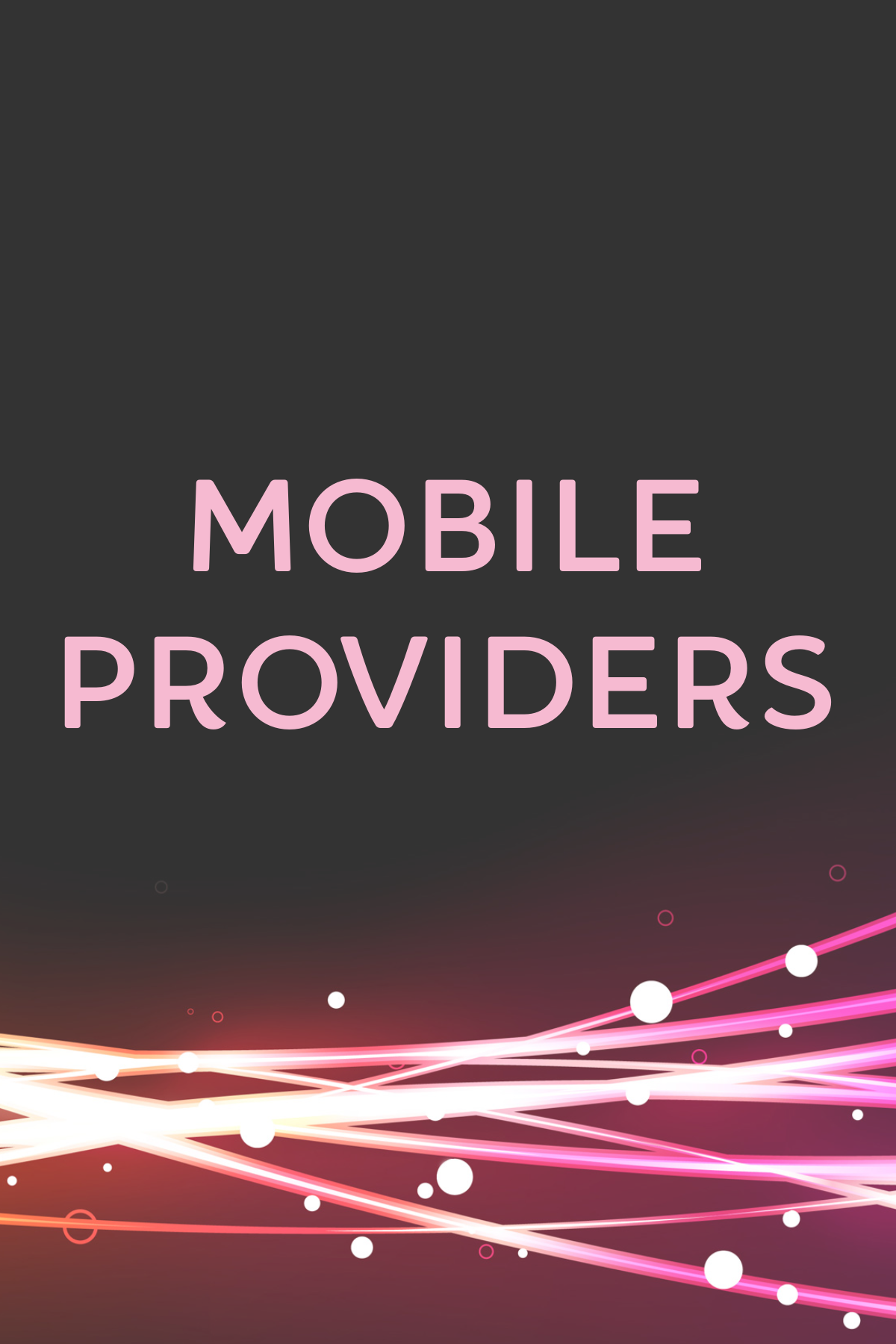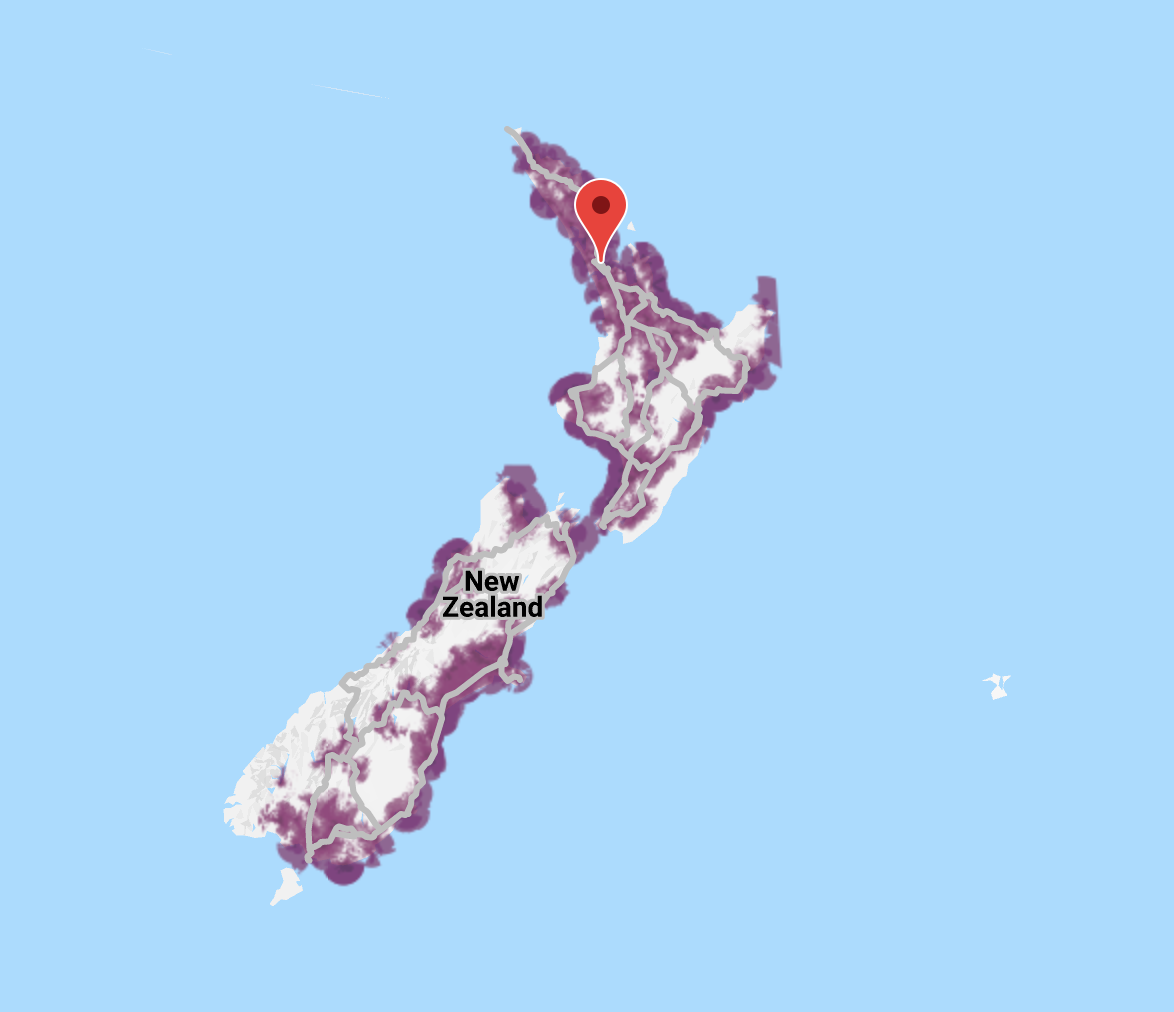Mobile Providers
A huge question on everyone’s mind as they move to a new country is “which cell phone provider should I go with?” It’s not an easy question to answer as people have different priorities. Some are all about lowest price. Others want most extensive coverage. Still others prioritise using anyone except a big carrier. Here are my two cents about cell phones in New Zealand.
Bring an unlocked cell phone with you. Chances are whatever phone you want will be more expensive if purchased in New Zealand. If you have an unlocked phone or can get an unlocked phone, go ahead and bring it into the country and get a new SIM card upon arrival. Cell phones are one of those things that typically can handle the change in power, so you just need a way to connect your existing USB cable for charging. SIM cards are available everywhere - even the airport as you exit. You can go to carriers’ storefronts, many dairies (aka convenience stores) and places like the Warehouse. Here’s one at the checkout counter at my local New World (grocery store.)
2. Stick with one of the three carriers that have their own network. In New Zealand, those three carriers are Vodafone, Spark, and 2Degrees. There are a number of other discount-rate companies (Skinny, Warehouse, Compass, Blue Sky, Singshot, etc.) that lease the big 3s towers and network. I am wary of doing this because I’d rather have a more direct line to the people who will be in charge of fixing a problem should one ever arise - though I know some people say, “oh, I can get the Spark network at a lower price, I’ll do that.” Personally, I like to get rid of the middleman.
You can see from the 4G coverage maps above, that Spark has the most coverage, Vodaphone is in the middle, and 2Degrees is lagging behind. If you plan on spending most of your time in big cities, 2Degrees may be totally fine, but if you plan on exploring a little bit more, the other two may be more attractive. Spark is rolling out a 4.5G network and testing 5G, and Vodafone has promised to roll out a 5G network in December 2019 in four major cities: Auckland, Wellington, Christchurch, and Queenstown.
3. Start with a prepaid plan. We began our cell phone coverage with Spark on a monthly (actually - it is every 4 weeks. Only 2Degrees is a real “monthly” plan) prepaid plan. For about NZ$50 a month, I had everything I needed. Each month I used the Spark app to top up my account, and it worked without issue. I also enjoyed using their frequent hotspots so I didn’t run through my data quickly. Since we weren’t 100% sure this was the network for us, I was glad to have a low-risk option for cell phone coverage. Each of the big 3 have their own prepay plan with different perks. You can get plans as low as NZ$10 per month basic data at 2Degrees all the way to the most expensive $79 per month plan at Vodafone that includes 40GB of data and unlimited talk and text.
I found a lot of comfort not signing a contract for a year of service when we first landed. There were so many choices we had to make in such a short amount of time, that I was constantly haunted by the thought, “what if this is the wrong decision?” With a monthly prepay at first, I knew I wasn’t committed to this choice forever. It was a little safety net that I appreciated.
4. Sign a contract when you’re settled. For us, this meant switching from Spark to Vodafone so we could take advantage of bundling home internet with mobile service. When we moved into our rental house, we wanted fibre. Vodafone gave us a way to get the fibre we wanted at home with mobile service in one discounted package. We found that the places we travel to were covered with the Vodafone network, so it really didn’t matter if we had the slightly larger Spark network. Plus, I have to admit that I’m ready for the 5G network to roll out in a few months.
Generally, cell phone coverage is spot on in Auckland. Every once in a while, especially if the weather is particularly bad, there will be weird glitches and hiccups, but I don’t have much to complain about. There are occasionally times when we are driving out of the city that we will lose coverage when there are hills and valleys, but this rarely lasts for long. Like many things in New Zealand, cell coverage is like it was in the US 20 years ago. Go in with that expectation, and you won’t be disappointed.







